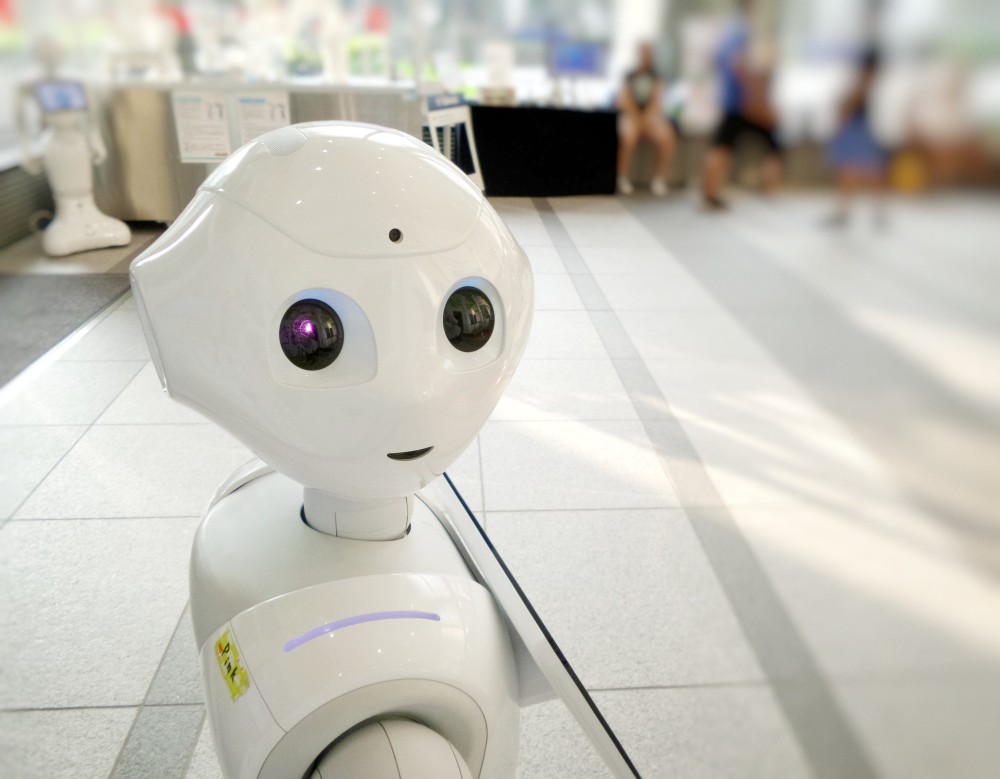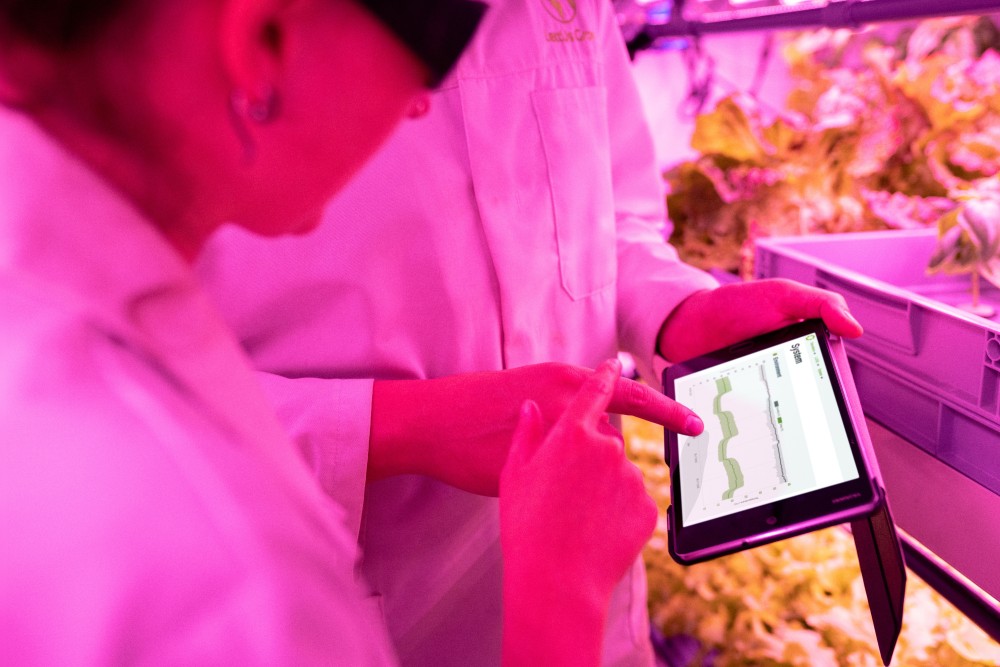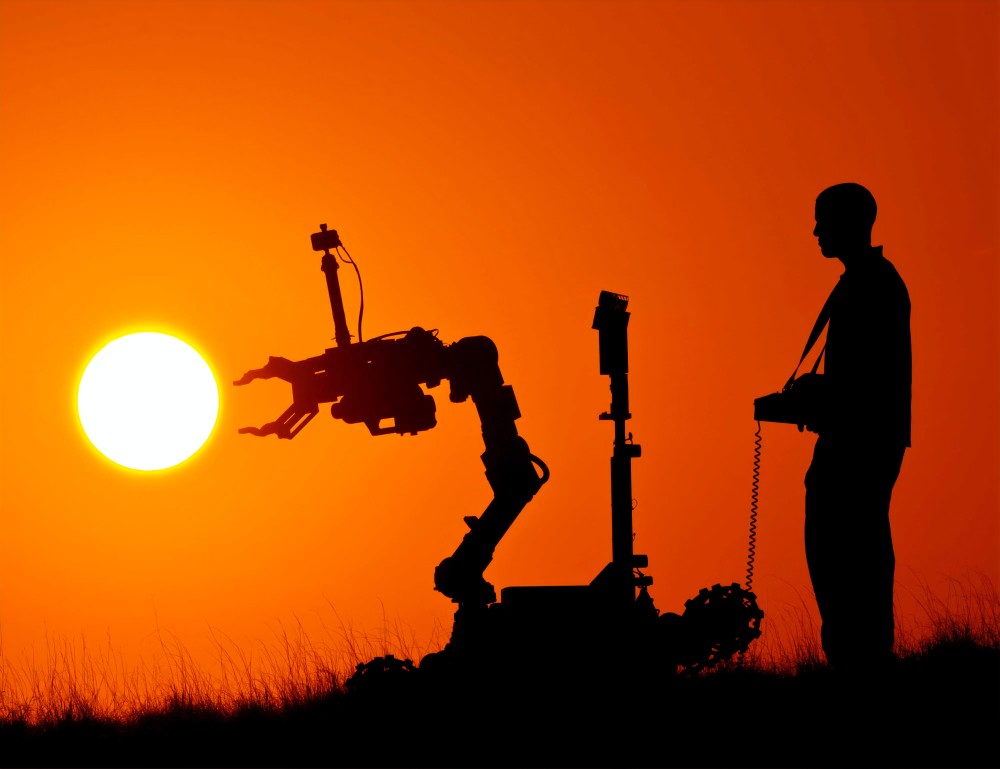Just recently, we discussed how the coronavirus outbreak affected organisations and the global economy. We connected its emergence to a black swan event – a rare event that can’t be found in our data, but when it emerges, it causes catastrophic consequences.
This analogy encouraged an engaging discussion related to whether such pandemic of global scale can be pinned down as a black swan event.
Nassim Nicholas Taleb, the creator of the term, described a black swan as an extremely unpredictable event that is beyond what is usually expected of a situation and has potentially severe consequences.
But in a recent article, Tabel debunked the idea that the coronavirus pandemic can be regarded as an unpredictable event. Instead, he states that such a global pandemic is explicitly presented there as a white swan: something that would eventually take place with great certainty. He also says that “such acute pandemic is unavoidable, because of how the modern world is organised. Today we are living in a more interconnected and globalised world than ever before, which enables such an infectious disease to spread.


It also brought to light other related events to the black swan – the grey swan and the white swan. Opposed to the black swan, grey swans are described as unlikely to happen but still possible and slightly more predictable, while white swans are events that are almost certain to happen.
The main difference between black, grey and white swans is in the impact they carry. White swans have little implications and impact the life of one or a group of people rather than the entire globe, while grey and black swans cause devastating consequences for the entire world. And what sets grey and black swans apart is that we know that the grey swan will happen beforehand, while the other one catches us completely off-guard.
However, regardless of the terminology, the coronavirus crisis raises a question about our AI readiness as a society. If we were boasting with our advanced predictive models, why were they not able to predict such a disastrous event with global scale effects? Can we say at all that we have artificial intelligence in our companies or does this pandemic prove the immaturity of AI and data readiness?
These questions inspired some of the prominent names in the AI and advanced analytics world to join in a discussion related to how COVID-19 affects AI efforts so far, how companies are affected by it, but also to outline some positive outcomes that we can leverage out of this crisis.
Two weeks ago, we had the opportunity to listen to Henrik Göthberg, Founder at Dairdux; Patrick Couch, Business Developer AI & IoT at IBM; Diego Galar, Professor at the Luleå University of Technology and Anders Arpteg, Head of Research at Peltarion & Steering Member of AI Innovation of Sweden share their views, concerns and proposals in a virtual roundtable on the topic The Corona Effect – Evolution through Crisis. Impacts on Data, AI & Digitalization, moderated by Goran Cvetanovski, Founder & CEO of Hyperight AB.


Our AI models are restricted by our human limitations
Building on the black swan discussion, Diego Galar started the talk with an effort to clarify any misunderstanding regarding its predictability. It has retrospective predictability, meaning that only after a black swan happens, we become aware that we could have predicted it. We had the tools to predict it, but we somehow missed it. And most significantly, due to our human nature and bias, we are blind of uncertainty and unaware of the role of these rare events in history.
In the data science world, the importance of black swans is unfortunately neglected. Diego also highlighted that the most striking fact that these black swans bring to light is that we don’t have AI in our companies. Rather, we have automated processes constrained by our human mindset. We don’t have AI to predict what we can’t see. Instead, our automated processes that accelerate our human processes, but they can’t show us something that we aren’t able to see. Our AI models are constrained by our human limitations, emphasises Diego.
Patrick Couch added to this proposition that even though we had the data-driven insight by BlueDot about the unusual cases of pneumonia, no one acted upon it. Only after it turned into a global epidemic, we look retrospectively and rationalise as we do with black swans, we notice that we could have done something. This behaviour shows the level of our data and AI readiness, and our ability to take data-driven actions, rather than on subjective, gut-based decisions.


How coronavirus affects company AI and data analytics efforts
The pandemic has also changed how we function in the organisation and what AI, data and digitalisation projects we are working on. Companies have to make swift decisions about the relocation of resources and prioritisation of projects. As a result, project silos have been eliminated, and all hands on deck are focused on the most critical projects, claimed Henrik Göthberg.
Priorities and structures have shifted both for companies and countries. In this time of crisis, it’s really easy to spot and filter out projects and things that were previously superfluous, stated Diego. This proves our ability as humans to adapt to any situation thrown our way, just like the crisis right now.
However, if we consider our AI models, we can conclude that they have failed. The coronavirus crisis has revealed the fault in our models. Our models are fragile, they can’t prepare us for the unknown, emphasised Diego. Therefore, our first priority for the future should be to make our models robust and resilient.
It’s certainly true that a lot of the AI implementations are not operational, so it’s hard to calculate the ROI from it. However, the potential for AI application is extreme, asserted Anders Arpteg. AI can help in many dimensions of the crisis we are facing, such as in medicine for drug discovery and repurposing, testing, in psychology with mitigating side effects, in the economy with exploring the opportunity or circular business models, Anders highlights.
The current situation and the available solutions utilising AI or other technologies, give our society an opportunity for hyper-transformation and hyper-innovation. And we should really take advantage of it and see the positive outcome of this crisis, advised Anders.


Turning the tables with the corona butterfly effect: What are the positive outcomes?
Probably the greatest positive outcome from the corona crisis is that we explore how to collaborate on a global level to make use of AI for the good of our global society.
The changes that can be made on a macro-level in the global society can also be applied in our micro-level in the organisation, asserted Henrik.
However, in order to fully utilise AI in society and companies, we need to align domain knowledge with technical AI knowledge – a concept embodied in the hybrid AI models. Data scientists and domain experts need to co-create the solutions in order to establish AI as a cross-discipline solution applicable to all domains and not split in silos.
The crisis in a way, flattens the organisations’ structure and creates the “Amazon garage start-up approach”, as Henrik related. We are under pressure to have all hands on deck and just get the job done. This change also brings a need for reformulating the steering, mandates, teams and projects in the newly developed reality.
Cross-functional AI also means more explorable and transparent AI, standing it closer to the business – rendering a decentralised AI model. But the domain experts need to consider AI as a tool in their daily work and trust it in order to erase barriers.
The crisis also helps us disregard fixed roles and positions as we’ve known so far, and accept ideas and initiatives that work, added Patrick. “If we can invite people to work with data to create trust, adoption will come, and it will be possible to abandon other agendas than what the data tells us,” he reflected. What this crisis proves is that “evolution through a crisis” notion makes us learn and improve ourselves, our companies and our societies.
We are going through a process of accelerated learning of what works and what doesn’t, and the best thing we should do is reflect on the developments around us.
Unfortunately, the companies that will sustain the biggest hits would be those that can’t redefine their own self-image and strategically reposition themselves. This also applies to job positions. For example, what reflecting it means to be a doctor in a core operating model that is 50% AI and 50% human. Great examples are Volvo with electromobility or the tech-giant Amazon, which continuously innovate and reinvent themselves and their services.


How can companies use the crisis to accelerate?
Companies are under pressure to get ROI from their investments and scale with the speed of the light in order to survive.
According to our AI experts, there are several actions companies need to take:
- Reassess the current market and find business opportunities beyond their domain expertise – A great example Patrick gave is Scania sending production and logistics personnel to Getinge to help with the manufacturing of respirators.
- Redistribute resources – Redistributing resources and staff from departments and projects within the company and repurposing them for more vital activities.
- Reskilling staff – For example, the laid-off Scandinavian Airlines airlines workers are being trained to work health care jobs and help nursing homes and hospitals overwhelmed by a surging number of patients and ill medical staff.
- Reformulate Industry 4.0 – Thus far, Industry 4.0 has been about sensorising machines, predictive maintenance, robotics, and so on. But in the wake of the coronavirus, we discovered that humans are the weak link, the fragile part in the supply chain. With this in mind, we should put the emphasis on robots in the factories, automated processes and autonomous vehicles and creating “dark factories” in order to remove humans from critical points in the supply chain, stated Diego. Fully automated industry and transport of services will make our society more stable and comfortable.


- Use case factory – As today, we lack data scientists with domain knowledge, many companies just don’t know where to start or how to work with AI. A great solution is to have a so-called “use case factory” – an initiative Anders is also involved within AI Innovation of Sweden. It’s a set of guidelines or good examples of how companies have used AI in their use cases, including challenges and best practices, with the goal to inspire other companies to start using AI and educate them about the possibilities.
- Focus on core projects – So far, we’ve all been doing many pilot projects spreading our resources and energy too thin. But, now is the time to focus and invest on properly thought-out projects that are essential for the business, added Henrik.
- Establish risk management and risk assessment- Generally companies, apart from banks and financial institutions, don’t have any risk management and risk assessment when it comes to investments. Companies need to appoint risk managers that would participate in all decision-making with data and evaluate the uncertainty of the decisions with all possible consequences and mitigation actions, advised Diego. This will make us more resilient towards possible contingencies.
Whatever the real outcome of the current crisis is, one thing is certain, we cannot stop learning, transforming, advancing and innovating because that’s the only way we can move forward.














Add comment